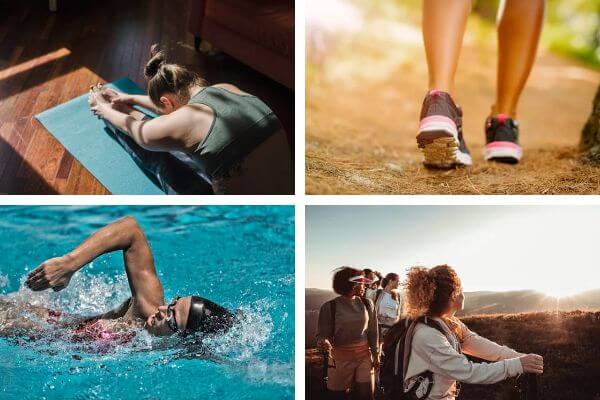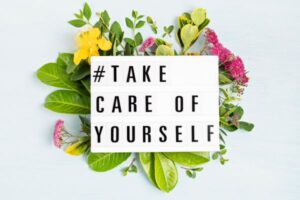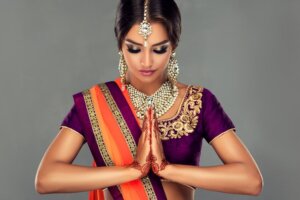Even in a noisy gym you can put on your headphones, climb on a machine and away you go into your own world. However, in any form, exercise is an amazing stress reducer. Although there are many other types of exercise, these are the most easily obtainable by most people, young or old.
If you find this topic intriguing, you are invited to continue reading to learn more about stress and anxieties reducing exercises.
About Stress and Anxieties
The term “anxiety disorder” refers to specific psychiatric disorders that involve extreme fear or worry, and includes generalized anxiety disorder (GAD), panic disorder and panic attacks, agoraphobia, social anxiety disorder, selective mutism, separation anxiety, and specific phobias.
Obsessive-compulsive disorder (OCD) and post-traumatic stress disorder (PTSD) are closely related to anxiety disorders, which some may experience at the same time as depression.
Anxiety and Depression Association of America
4 Easy Exercises to Reduce Stress & Anxieties
What I try to remember about exercise is something I was taught when I took my first yoga class in the early 1970s, which is, never overextend yourself. If you feel pain, you’re overdoing it. Gradually building strength in any area of your body requires nothing more than repeated movements over time.
I have to admit that I err on the side of not enough exercise and that has a lot to do with my fear of pain. If something even hints of pain, my brain goes into immediate overtime finding ways to talk me out of it! So I think the best suggestions are to take it easy, keep it simple, and don’t overdo it.
① Yoga
I prefer basic yoga as I am reinventing my life and I need to take it slow and easy until my strength increases with each new yoga session. One thing I can tell you about yoga is that if you’re feeling pain, you are overexerting yourself and you will not get the maximum benefit from your time spent with yoga. So easy does it. There is no benefit to overexerting yourself. Your strength will increase if you practice yoga on a regular basis.
② Walking
Take a walk during breaks while at work. It is an easy and effective stress reducer. I’ve even taken an extra break here and there when it was required to keep my temper intact. It works! Wear comfortable shoes to work and a quick walking break is easy. Or, keep a pair of walking shoes and socks under your desk. Either way, you’ll be glad you walked it off instead of the alternative.
Take precaution to not overdo it. I once injured the tendons in my right foot because I was walking with a tall man (I’m short) and in trying to keep up with him, I seriously blew out my foot. So, ensure that you’re walking at your own pace.
4 Stress and Anxieties Reducing Exercises Share on X③ Swimming
Swimming is a natural aerobic exercise which just about anybody can do. Even if someone is immobile or otherwise handicapped, they may be able to swim. It is also a fantastic source of stress reduction even if you just sit in the water. When you get up and move around the benefits multiple.
If you’re not up to a swim, try water walking for a while until your strength increases. Water walking is a fantastic stress reducer while it tightens muscles without noticeable strain on your body. What could be better?
④ Hiking
Hiking is one of my favorite activities. I am fortunate enough to live in the Great Northwest where there are lots of hiking trails, water falls, hills, and mountains.
While I enjoy hiking with friends and children, I greatly enjoy hiking alone. There’s nothing in the world I love better than to walk through nature to listen and look at each little treasure of nature that catches my eye. It calms, nurtures and soothes the nerves. Plus, it burns calories and stress!
Fitness Tips to Stay Healthy with Stress and Anxieties reducing Exercises
Guidelines for adults are at least 2.5 hours of moderate-intensity physical activity each week, 1.25 hours of a vigorous-intensity activity (such as jogging or swimming laps), or a combination of the two.
6 Excellent Exercise Guidelines
Below are some guidelines that hopefully answer questions you might have about exercising.
- Walk, bike, jog, practice yoga or dance three to five times a week for 30 minutes for a 5 X 30 weekly routine.
- Set small daily goals and aim for daily consistency rather than perfect workouts. Scientific data suggests that frequency is more important than the intensity of your exercise.
- Find forms of exercise that are fun or enjoyable especially for you. For example, extroverts might like classes and group activities. However, introverts might prefer solo activities.
- Many people find it fun to exercise while listening to something they enjoy such as a portable media player to download audio books, podcasts, or music.
- Find an exercise buddy to make it easier to stick to your exercise routine when you have to stay committed to an exercise partner.
- Be patient and take it easy when you start a new exercise program. Most sedentary people require about four to eight weeks to slowly get in shape so that exercise feels easier.
Cold Weather Exercise
The following are some fantastic tips for exercising in cold weather:
- Dress in layers that you can remove and then layer back on as you get warmer or colder.
- Protect your hands, feet, and ears with gloves, socks, and headbands.
- Pay attention to weather conditions and wind chill. Rain and wind can make you even more vulnerable to the effects of the cold.
- Choose appropriate gear. It gets darker in the winter, so be sure to wear reflective clothing. Wear shoes with enough traction to prevent falls in snow or ice.
- Remember sunscreen in the winter and in summer to avoid irreversible skin damage.
- Head into the wind by planning your route so the wind is at your back toward the end of your workout to prevent getting a chill after working up a sweat.
- Drink plenty of fluids. It can be harder to notice the symptoms of dehydration in cold weather, so drink fluids before, during, and after a workout, even if you’re not thirsty.
- Know the signs of frostbite and hypothermia. Know the signs and get help immediately to prevent frostbite and hypothermia.
Tip o’ the Hat to: Anxiety and Depression Association of America
It is our wish that you find this post enlightening and helpful. If you have any questions or suggestions, we love to hear from you in the comments below. Also, kindly accept our invitation to join our group on Facebook to surround yourself with kindred spirits and post your encouraging messages.











































